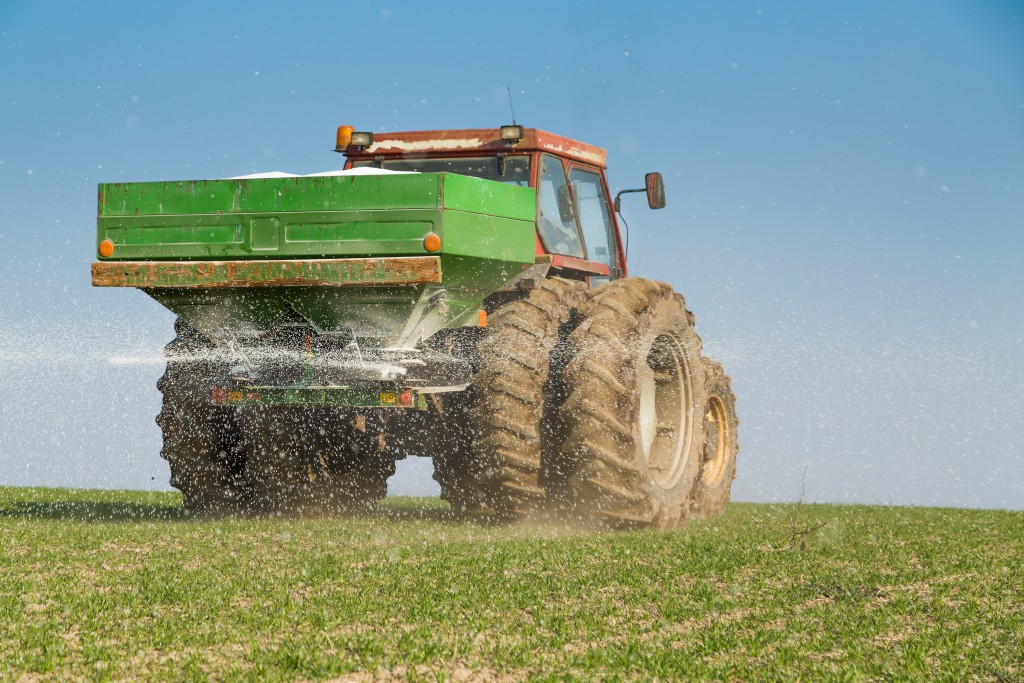Growing food is a challenge, especially when there are plant pests and diseases invading your fields. Every farmer wants to protect their crops from harm and spraying is one way to mitigate crop damage caused by pests.
The goal of any application of agricultural pesticides is to get uniform distribution of the chemicals throughout the vegetation. Want to know tips and techniques for effective spraying? Here are some strategies to apply before you prep your sprayers for the upcoming season.
Avoid spray drift by monitoring weather conditions
According to Agriculture Victoria, spray drift is the most common cause of off-target chemical movement. It injures and damages plants, animals, people and the environment. It is a legal issue as much as it is a health and management concern. Spraying agricultural chemicals, whether from the ground or the air, should be carefully planned and properly executed to limit the risk of off-target chemical movement.
The best way to avoid spray drift is to monitor the weather conditions and temperatures. Spraying in extremely windy conditions puts surrounding areas at risk and wastes time and money because it’s unlikely that the chemicals will reach their target. Drift is also more likely to happen at higher temperatures because heat creates farther spray drift distances.
Always read the labels
Read the product labels meticulously because they give thorough instructions on techniques for proper spraying of their chemicals. Using the chemical manufacturers’ spraying techniques for your agricultural products ensure the job is done effectively and safely. For example, a number of products need weeds to be actively growing for the pesticides and fungicides to work properly. Some labels also indicate what droplet size you should aim for and the ideal application rate.
Pick the right nozzle and adjust droplet pressure

You want your application to be precise. Choosing the right nozzle is critical to sprayer performance because it controls the amount of liquid that you spray per unit area. It also controls the droplet size, which affects target coverage and spray drift.
After picking the right nozzle, don’t forget to adjust droplet pressure. Take note that the smaller a droplet gets, the longer it takes to hit your crops because of the air friction slowing its fall. This delay means that the chemical droplets are vulnerable to wind currents and drift. The higher the pressure, the smaller the droplets become. Reduce the nozzle pressure so that your droplets grow larger and are less likely to stray from their targets.
Clean and maintain your equipment
In agricultural spraying, precision gets the job done but it’s equally important to maintain the equipment used. A sprayer in good shape provides better coverage in the long run, which means better disease and pest control.
Remember to clean your sprayer immediately after use. You may use dishwashing soap to clean the pump and then run it with warm water. The detergent helps remove residue that can cause parts to stick and clog, reducing the efficacy of your sprayer. Additionally, replace seals, nozzles and other parts that look worn to improve the equipment’s overall performance. You may also inspect the hoses and filters for damage. If you find problems, have those parts repaired or replaced to ensure that there will be no leaks in future uses.
The techniques you use to spray crops is important for precise coverage. It should be developed to fit the type of equipment and chemicals you use. Additionally, proper selection, operation and maintenance of your sprayers are essential in achieving optimal pest control, legal requirements and safety in the field.







